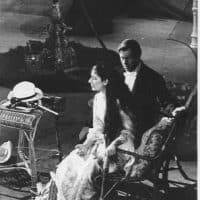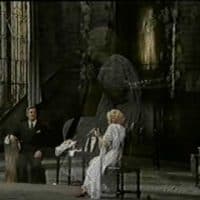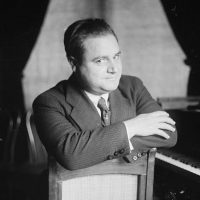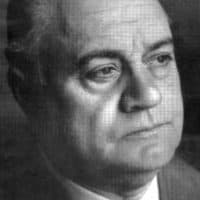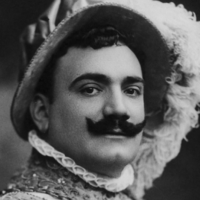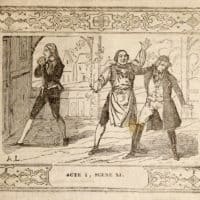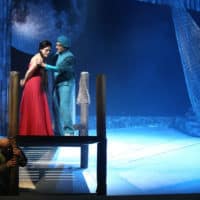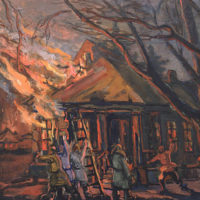The Romanian composer George Enescu is one of the neglected giants of modern music. Prodigiously gifted, he became best known in America as a conductor, where he was considered a successor to Toscanini, and in Europe, one of the greatest violinists of the century. However, he was first and foremost a composer. Unfortunately his mature works, works of extraordinary emotional depth and intricate beauty, remain virtually unknown outside Romania.
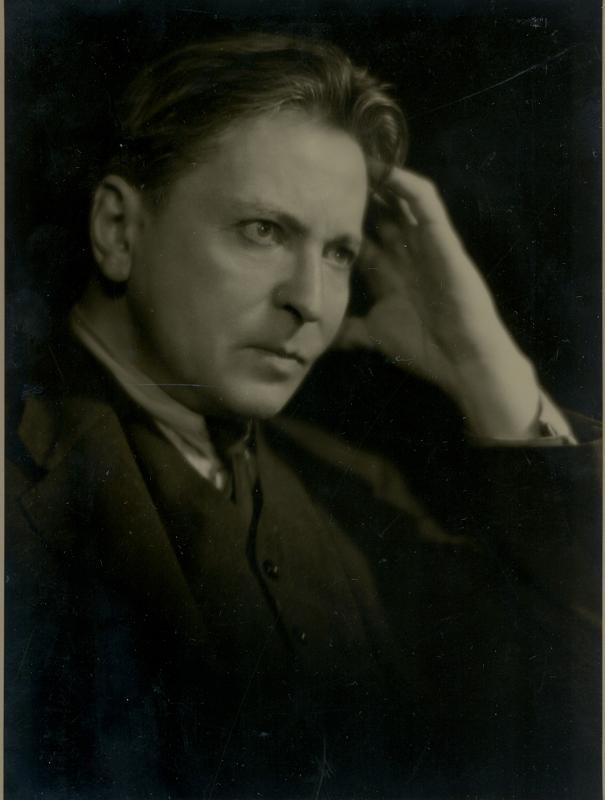 George Enescu was born on the 19th of August, 1881 in Liveni, Romania. So gifted was he that, aged only seven, he entered the Vienna Conservatoire as an accomplished violinist, determined to be a composer. He graduated with distinction from Conservatoire before his 11th birthday. He had played on the first desk of an orchestra under Brahms in the latter’s C minor Symphony and accompanying Brahms in his First Piano Concerto. Brahms was a lifelong hero of Enescu, as was Wagner (indicating Enescu’s broad sympathies) who became, as he sad, “part of my vascular system.” Enescu was at the Vienna premiere of Massenet’s Werther in 1892 and he entered the Paris Conservatoire, studying composition with Massenet. When the boy was only 13, Massenet wrote to Enescu’s father, “Your son is an exceptional individual; his is the most interesting musical constitution there can be.” Enescu displayed a command of large-scale form: by the age of 16 he had written four Study Symphonies and had also given the premiere of his Violin Concerto in Paris in 1886. Amongst a distinguished orchestral output, Enescu left eleven symphonic works: four Study Symphonies written between 1895-1898 and five mature symphonies (the Fourth and Fifth are unfinished) plus a Concert Symphony for cello and orchestra and a Chamber Symphony. He often lived in Paris, travelling widely, but returned to Romania for several lengthy periods, remaining there throughout World War II. After his death on 4 May 1955, his hometown of Liveni was renamed to George Enescu.
George Enescu was born on the 19th of August, 1881 in Liveni, Romania. So gifted was he that, aged only seven, he entered the Vienna Conservatoire as an accomplished violinist, determined to be a composer. He graduated with distinction from Conservatoire before his 11th birthday. He had played on the first desk of an orchestra under Brahms in the latter’s C minor Symphony and accompanying Brahms in his First Piano Concerto. Brahms was a lifelong hero of Enescu, as was Wagner (indicating Enescu’s broad sympathies) who became, as he sad, “part of my vascular system.” Enescu was at the Vienna premiere of Massenet’s Werther in 1892 and he entered the Paris Conservatoire, studying composition with Massenet. When the boy was only 13, Massenet wrote to Enescu’s father, “Your son is an exceptional individual; his is the most interesting musical constitution there can be.” Enescu displayed a command of large-scale form: by the age of 16 he had written four Study Symphonies and had also given the premiere of his Violin Concerto in Paris in 1886. Amongst a distinguished orchestral output, Enescu left eleven symphonic works: four Study Symphonies written between 1895-1898 and five mature symphonies (the Fourth and Fifth are unfinished) plus a Concert Symphony for cello and orchestra and a Chamber Symphony. He often lived in Paris, travelling widely, but returned to Romania for several lengthy periods, remaining there throughout World War II. After his death on 4 May 1955, his hometown of Liveni was renamed to George Enescu.
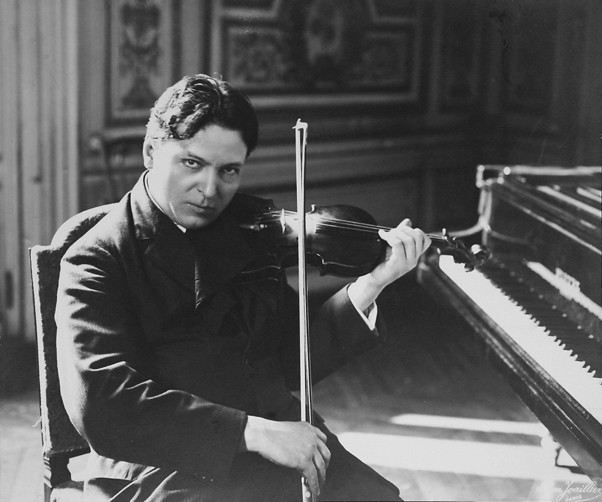
His most famous works
- Romanian Poem for Orchestra, Op.1, was composed at the age of 15, but there is no doubt that this is a work of considerable achievement. It consists of two parts in which Enescu makes use of some Romanian folk music, but the composition is entirely symphonic. The music is modern, with classic and romantic accents, very agile, innovative and incredibly melodious. He proves to be already a mature composer.
- Romanian Rhapsody in A major, No. 1, Op. 11 (1901) and Romanian Rhapsody in D major, No. 2, Op. 11 (1902). These two works were written after Enescu has graduated the conservatoire. He assimilated there the spirit and influence of the german and french composers, but his heart remained yet devoted to his native country. The first rhapsody brilliantly reproduces the sound of “cobza” (a traditional plucked instrument). The theme begins slowly and then evoluates, having a climax near the end where the great musician processes a very popular Romanian folk theme known as “Ciocarlia” (because it imitates the sound of the bird with the same name). The second rhapsody is much more lyrical, the folk themes are much more refined.
- Oedip, Op.23 (tragedy in 4 acts and 6 tables. Poem of Edmond Fleg) (1920-1931) considered by many the essential masterpiece of Enescu’s entire creation. Inspired by Sophocles’ drama, the opera brings to the public the problem of human destiny and the victory of man over the fate.
He received some high distinctions: The Honour Medal (gold) diploma of the Arts-Science-Letters Society from Paris awarded to George Enescu in 1931, and The Legion of Honour diploma awarded to George Enescu (1936). As a person he was a modest man very devoted to his native country. He expressed his vision of the artist life as follows:
[blockquote cite=”Bernard Gavoty – Les souvenirs de Georges Enesco” Paris 1955″]To dream usefully, to pursue an active controlled dream, this must be the artist’s goal.[/blockquote]
